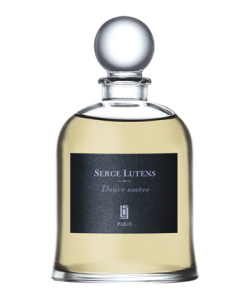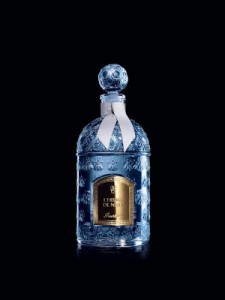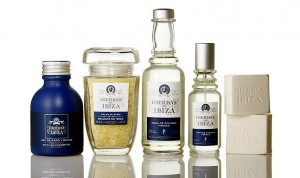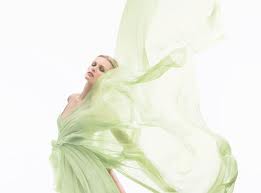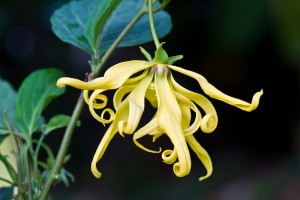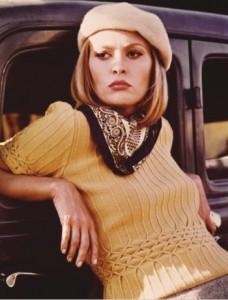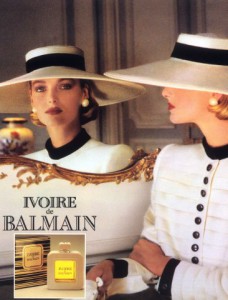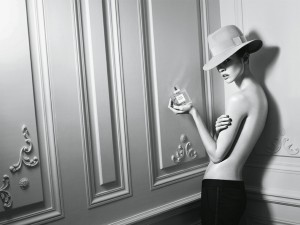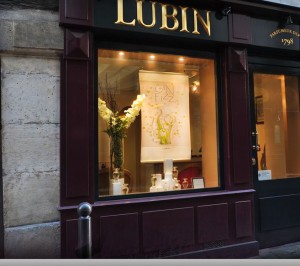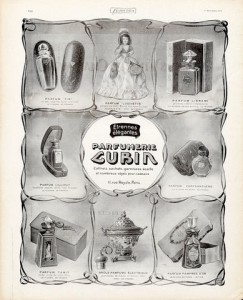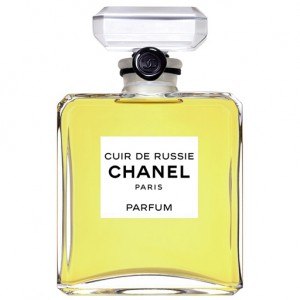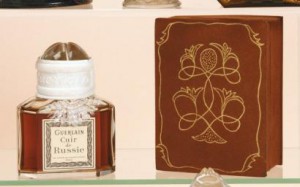Serge Lutens – Douce Amere
Fall is without a doubt my favorite season. While we face the bitter regret of another summer passed, we can rejoice in the knowing that sweet times lie ahead in the coming months, where the endless holidays give us reason to unite with family and friends. That interplay which makes life interesting carries over to fragrance as well, where the juxtaposition of seemingly incongruous elements often creates something which is greater than the sum of its parts.
Christopher Sheldrake perfectly captures this duality in Serge Lutens’s Douce Amere, a 2000 fragrance which is only available outside the U.S. at present. Mention “oriental” and “Lutens” in the same sentence and no doubt Ambre Sultan will come to mind, but Douce Amere is one of Lutens’ most unique creations, despite not being his most well-known. On first sniff, it doesn’t smell like an oriental, nor does it smell much like a Lutens, as it features none of the velvety, viscous, jammy qualities many of his fragrances are known for. Douce Amere is instead like a pale green chiffon, light and sumptuous, but slightly synthetic in a deliciously elegant way.
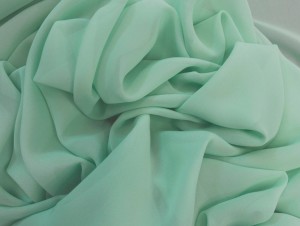
Douce Amere starts off with a blast of medicinal wormwood, a bitter green in the manner of Diptyque’s Eau de Lierre (in character only, the two smell nothing alike). The herbal concoction is lightened by a touch of mint, which is so subtle and elusive it seems to linger just out of reach. The green fairy, as absinthe was traditionally known, then spreads her glorious wings with subtle floral notes, tiare being the most prevalent to my nose, but maintains a largely anisic character throughout.
 First bitter, then sweet, it’s absinthe of course.
First bitter, then sweet, it’s absinthe of course.
As green as wormwood is grey, these two ideas tussle inside me… only to kiss and make up on the skin.  Serge Lutens
Serge Lutens
Just when one imagines that the bitterness has taken hold, Douce Amere turns on the point of a knife into a soft, slightly powdery skin scent. A light musk, with a whisper soft woods, renders a delicate sweetness which speaks to some of chocolate. It serves to soften and sweeten the bitterness of the fragrance, but Douce Amere retains a light dry quality throughout which keeps it from becoming a true gourmand. While the two fragrances smell nothing alike, the combination of anise with subtle gourmand elements reminds me of the effect created by Guerlain’s L’Heure Bleue, although that masterpiece possesses the furry, warm quality we generally associate with orientals, while Douce Amere does not.
Like many of the Lutens fragrances, Douce Amere has wonderful lasting power, but its sillage is much gentler, wearing more politely close to the skin than say Chypre Rouge. I enjoy the tension created by the transition between bitter and sweet, but find Douce Amere deliciously wearable, even in warm weather.
Notes: Absinthe, Cinnamon, Anise, Lily, Jasmine, Tiare, Tagette, Marigold, Musk, Cedar.

